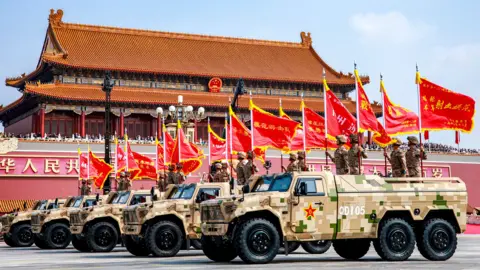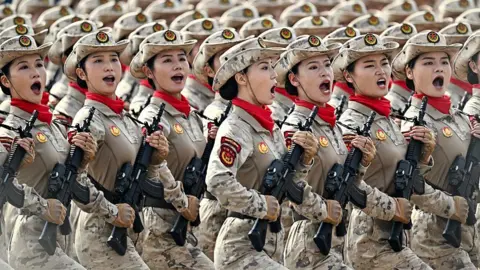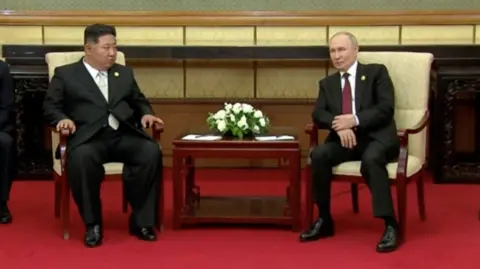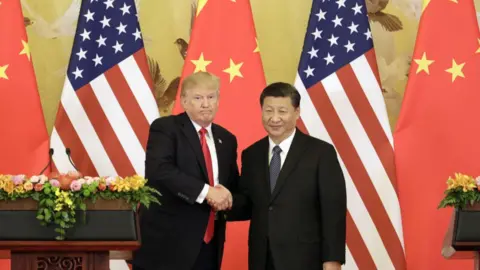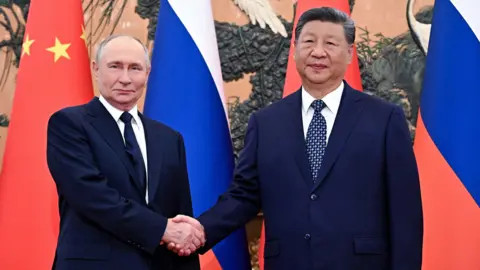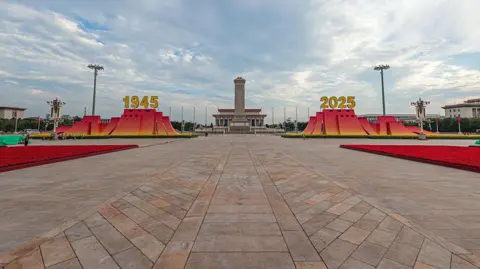On July 22, following a meeting at the White House, President Trump shared the news of the trade deal on social media, highlighting that while Philippine exports would be subjected to a 19% tariff, American goods entering the Philippines would face no tariffs. The announcement underscores a new phase in U.S.-Philippines relations, emphasizing the importance of economic engagement and military collaboration.
The new tariffs are a slight reduction from the previously threatened 20%, which was initially set to take effect in August. This agreement aligns with similar tariffs established with other Southeast Asian nations, including Indonesia and Vietnam. The Trump administration has been proactive in negotiating trade agreements, though it has made limited progress towards its ambitious goal of securing 90 trade deals within 90 days.
President Marcos arrived in the U.S. eager to enhance bilateral ties, prioritizing trade and investment discussions. Before the meeting, he expressed his commitment to pursuing a trade agreement that would foster mutually beneficial growth. The White House emphasized the historical bond between the U.S. and the Philippines, particularly marked by their shared efforts during World War II.
While the Philippines remains a crucial U.S. ally, it currently faces a trade deficit with the United States, which is less significant compared to other countries in the region. As trade tensions continue with China, the U.S. maintains its interest in ensuring navigation rights in the South China Sea—a vital trading route.
In their discussions, President Trump indicated that fostering relationships with the Philippines and China was not contradictory, expressing a willingness to engage with both nations. The Philippines, under President Marcos, has shifted its foreign policy away from an earlier focus on China, seeking closer ties with the United States, including expanded military cooperation.
In addition to tariff negotiations, President Marcos participated in talks with U.S. business leaders to attract investments to the Philippines, further solidifying the economic partnership underpinning bilateral relations. The commitment to enhanced trade and cooperative defense measures reflects both nations’ dedication to preserving stability in the region.
As negotiations unfold, both allies are expected to continue exploring avenues for cooperation that will benefit their respective economies while addressing the complexities of geopolitical dynamics in Asia.
The new tariffs are a slight reduction from the previously threatened 20%, which was initially set to take effect in August. This agreement aligns with similar tariffs established with other Southeast Asian nations, including Indonesia and Vietnam. The Trump administration has been proactive in negotiating trade agreements, though it has made limited progress towards its ambitious goal of securing 90 trade deals within 90 days.
President Marcos arrived in the U.S. eager to enhance bilateral ties, prioritizing trade and investment discussions. Before the meeting, he expressed his commitment to pursuing a trade agreement that would foster mutually beneficial growth. The White House emphasized the historical bond between the U.S. and the Philippines, particularly marked by their shared efforts during World War II.
While the Philippines remains a crucial U.S. ally, it currently faces a trade deficit with the United States, which is less significant compared to other countries in the region. As trade tensions continue with China, the U.S. maintains its interest in ensuring navigation rights in the South China Sea—a vital trading route.
In their discussions, President Trump indicated that fostering relationships with the Philippines and China was not contradictory, expressing a willingness to engage with both nations. The Philippines, under President Marcos, has shifted its foreign policy away from an earlier focus on China, seeking closer ties with the United States, including expanded military cooperation.
In addition to tariff negotiations, President Marcos participated in talks with U.S. business leaders to attract investments to the Philippines, further solidifying the economic partnership underpinning bilateral relations. The commitment to enhanced trade and cooperative defense measures reflects both nations’ dedication to preserving stability in the region.
As negotiations unfold, both allies are expected to continue exploring avenues for cooperation that will benefit their respective economies while addressing the complexities of geopolitical dynamics in Asia.












